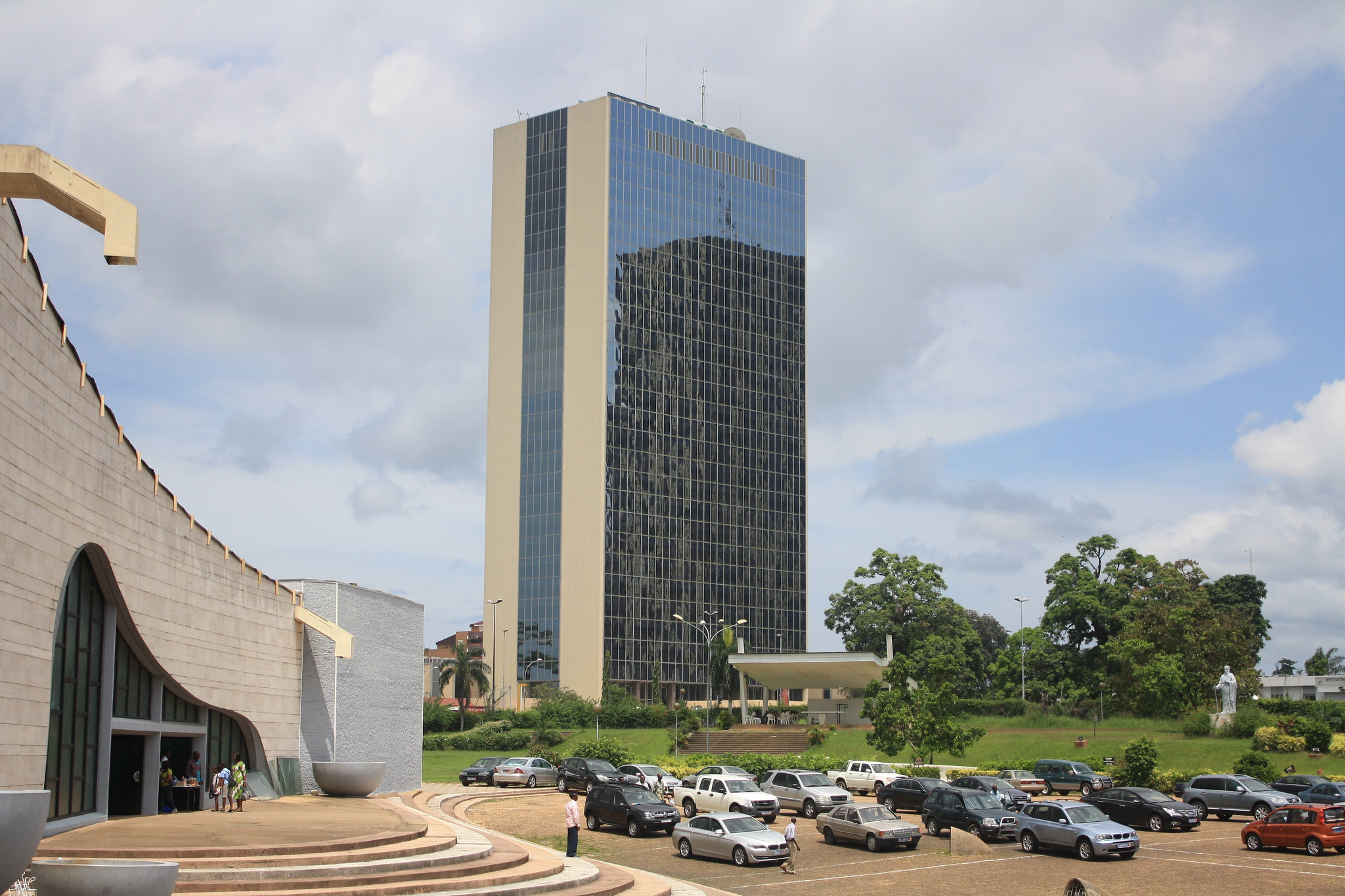Demand for support infrastructure increases as key economic sectors grow
The massive transformation and growth of the mining and agriculture sectors under the Second Republic has piled pressure on the existing transport infrastructure amid calls for enhanced rehabilitation, maintenance and construction of new roads, expanded rail and aviation facilities that link production zones to key markets and exports.
Although the Government has scored major successes in driving massive infrastructure projects across the sectors in the last five years in line with the National Development Strategy (NDS1), the available transport infrastructure is failing to cope with the renewed level of economic activity in the country, stakeholders have said.
The mining sector in particular, has attracted more than US$6 billion investments since 2018, growing its earnings from an average US$2.7 billion to about US$10 billion last year, according to official reports, and is building momentum towards the ambitious US$12 billion milestone by the end of the year.
This has been largely driven by the renewed investor confidence as “Zimbabwe is Open for Business”, mantra leading to the opening of new small scale and large scale mining projects in different mineral sub-segments.
Small scale miners have emerged stronger, mainly on gold and chrome mining, while signature projects are now thriving on new coal to energy projects in Hwange, and lithium sectors, and more still coming on precious and non-precious minerals including the massive US$1.5 billion Dinson Iron and Steel plant in Manhize area, Midlands province.
The agriculture sector on one hand, has recorded a huge jump in output through accelerated Government and private sector support schemes targeting both small holder and large scale commercial farmers, which have yielded good results on grain and cash crop output.
The sector has not only achieved national food security but has seen Zimbabwe hit the US$8.2 billion agriculture economy ahead of the 2025 target.
The country is now considering exporting excess maize and wheat while more focus is also being directed at maximising domestic raw material supplies while substituting imports and tapping into more lucrative horticulture exports.
Speaking during the ongoing Infrastructure Summit and Expo being hosted by the National Economic Consultative Forum (NECF) here yesterday, participants said with such production milestones, the existing transport infrastructure is now unadequate to service the needs of the economy.
They noted that transportation of mining and agriculture output to key domestic and export markets using haulage trucks, for instance, was now straining major roads, leading to their quick dilapidation while farmers in poorly connected rural communities incur heavy losses from higher transport costs.
Reference was made to the now dilapidated Bulawayo-Victoria Falls Highway, as a typical case study.
“Overeliance on the road transport system is accelerating the decay of most roads as the volumes of cargo we are carrying must be on the rail,” said Engineer Theodius Chinyanga, secretary for Transport and Infrastructure Development.
“Agriculture is the backbone of our economy and we need to provide good roads to farmers and ensure ease of doing business and cost efficiency in the sector.”
National Railways of Zimbabwe (NRZ) general manager, Respina Zinyanduko, concurred saying the rehabilitation, maintenance and construction of new railway lines linking new mines and farming areas must take centre stage if Zimbabwe is to realise desired logistics efficiencies that buttress the economic growth momentum.
Without a viable railway system, she warned that major roads infrastructure will continue to deteriorate as more haulage trucks come, and also expressed concern over the adverse impact of theft and vandalism of railway infrastructure.
Local Government and Public Works permanent secretary, Zvinechimwe Churu, said aggressive rehabilitation and development of new roads would ensure that “no one and no place is left behind” in terms of development.
“We need to expedite transport infrastructure projects linking new agriculture and mining production zones, which are mainly in rural communities so as to promote smooth business operations and trade within the country, the region and beyond,” he said.
Churu also said the situation in which the country relies on cash budgets to fund infrastructure projects like roads and rail was not sustainable, and called for the revival of infrastructure bonds and other long-term funding facilities.
He said it was for this reason that since 2019, the Government has prioritised using devolution funds for key infrastructure projects including roads, but was quick to say this was not enough.
Infrastructural Development Bank of Zimbabwe (IDBZ) chief executive officer, Dr Thomas Zondo-Sakala, said given the growing production by key sectors, Zimbabwe must move with speed and address the pressing transport infrastructure gaps in order to tap into the huge trade benefits under the African continental free trade area.
Zimbabwe National Road Administration (Zinara) chief executive officer, Nkosilathi Ncube, acknowledged that road maintenance and rehabilitation projects were not satisfactory and blammed stalled projects on inadequate funding linked to non-compliance to paying road user fees by some players, poor quality works by some contractors, skills flight, and exchange rate depreciation, which erodes budgeted funds.
Deputy chief secretary to the President and Cabinet, who is also NECF steering committee co-chair, Willard Manungo, said collective stakeholder efforts were required in reclaiming the country’s infrastructure gap and challenged participants to use the summit to devise strategies of harnessing funds to drive massive infrastructure projects.
Rural Infrastructure Development Agency (Rida) director general, Christopher Shumba, weighed in saying developing efficient rural road transport systems and aviation was critical in unlocking more opportunities for ordinary Zimbabweans in line with the inclusive upper middle-income vision by 2030.
Urban Councils Association of Zimbabwe (Ucaz) secretary general, Livison Mutsekede, said the Government and private sector must work closely to capacitate councils and proposed a road funding model outside of what is existing.
Dr Sanzan Diarra, chief executive officer of the Zimbabwe Institute of Engineers, said delayed infrastructure projects implementation must be scaled up to meet set deadlines and pledged his institution’s support with research and development to bridge the skills gap. He also called for concerted efforts in luring skilled Zimbabwean engineers whose labour is benefiting foreign nations.
Transport Operators Association of Zimbabwe chief executive officer, Wilfred Ramwi, said given that 90 percent of goods in Zimbabwe are transported by road, it is urgent that authorities prioritise roads rehabilitation financing to ease the wear and tear burden on businesses.
Association of Rural District Councils chief executive officer, Dr Isaac Matsilele, called for the harmonisation of operations by road authorities for smooth coordination through an integrated approach and suggested establishment of special levies for roads.
During plenary sessions, participants noted that since Zimbabwe is under sanctions, there is a need to ride on public private partnerships to harness adequate resources for sustainable development.
Others felt strong monitoring and evaluation was a biggest hindrance and suggested that transport infrastructure must be buttressed by enhanced telecoms infrastructure to aid ecommerce development.
The summit continues today with President Mnangagwa expected to lead the official opening session.
-businessweekly










